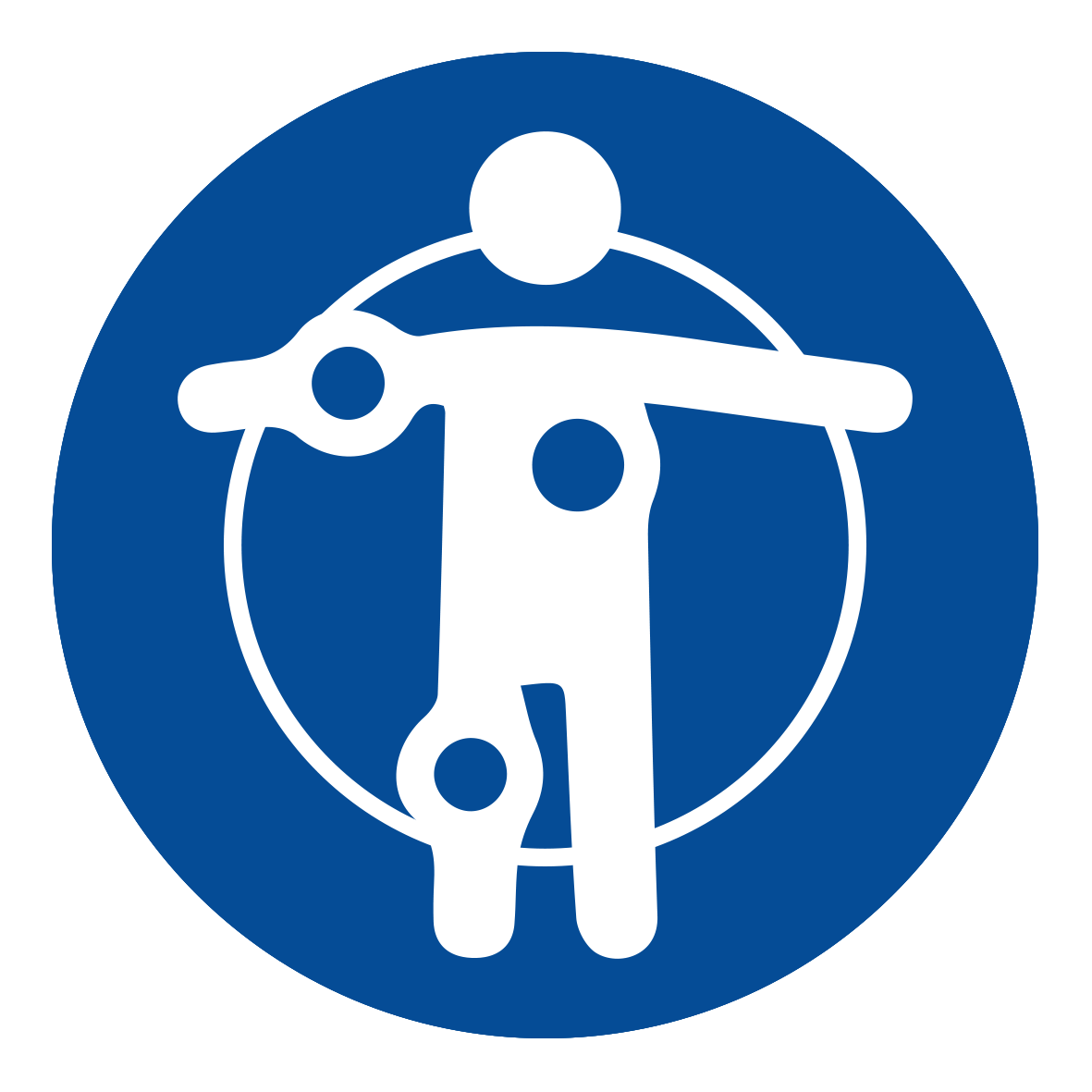Home / Limb Deformities / Arthrogryposis Multiplex Congenita
Arthrogryposis is a non-progressive (it does not worsen over time) disorder that is present at birth, involving many muscle and tendon shortenings that limit joint movement. It occurs in approximately 1 per every 3000 births (.03 percent), and can affect all four limbs, or upper or lower limbs only.1

Important safety information: Download the Product Instructions For Use.
The Ilizarov System has experienced many modifications over the last fifty years. The TrueLok™ Ring Fixation System, developed at Texas Scottish Rite Hospital for Children (TSRHC) in Dallas, Texas, is one of the modern variants of the original fixator, but preserves many of the original principles of Professor Ilizarov. It consists of aluminum rings available in different sizes, connected to the bone through metal wires or/and bone screws. The relative movements of the rings allow the correction of almost all the bone deformities in upper and lower limbs and in the foot.
Important safety information: Download the Product Instructions For Use.
TL-HEX is a dynamic, 3D external fixation system that combines hardware and software to correct bone deformities. This hexapod-based system functions as a 3D bone segment-repositioning module. In essence, the system consists of circular and semi-circular external supports secured to the bones by wires and half-pins, interconnected by six struts.

It is present at birth and the exact cause is unknown.

Muscles and tendons are shortened, so the limbs may be “stuck” in one position. The child’s limbs are often thin, with weakened muscle and abnormal joints resulting in, among others, knee contractures and foot conditions.1

A doctor will perform an examination, taking into account the symptoms and their appearance. If more information is needed, imaging tests – such as X-ray, CT or MRI – may be performed, along with more specialized tests, such as muscle or skin biopsy, blood tests and nerve tests.

Arthrogryposis can be treated with joint manipulation, orthotics and casting, particularly in the first few months of life. For correction of severe and ongoing deformities, surgery may be required. Surgery can be as simple as releasing the Achilles tendon or the use of external fixation,2 which may be required for realignment and can help to lengthen limbs that have contractures. Although this method may not significantly help mobility, surgical procedures to transfer muscle may improve function.3

Proper treatment helps improve the range of motion and a child’s ability to use their limbs although there is no way to completely “fix” arthrogryposis. Depending on the severity of the condition, people with arthrogryposis may have few physical limitations after treatment, while others who are more severely affected may live with discomfort and lack of mobility, and require physical assistance for daily activities.